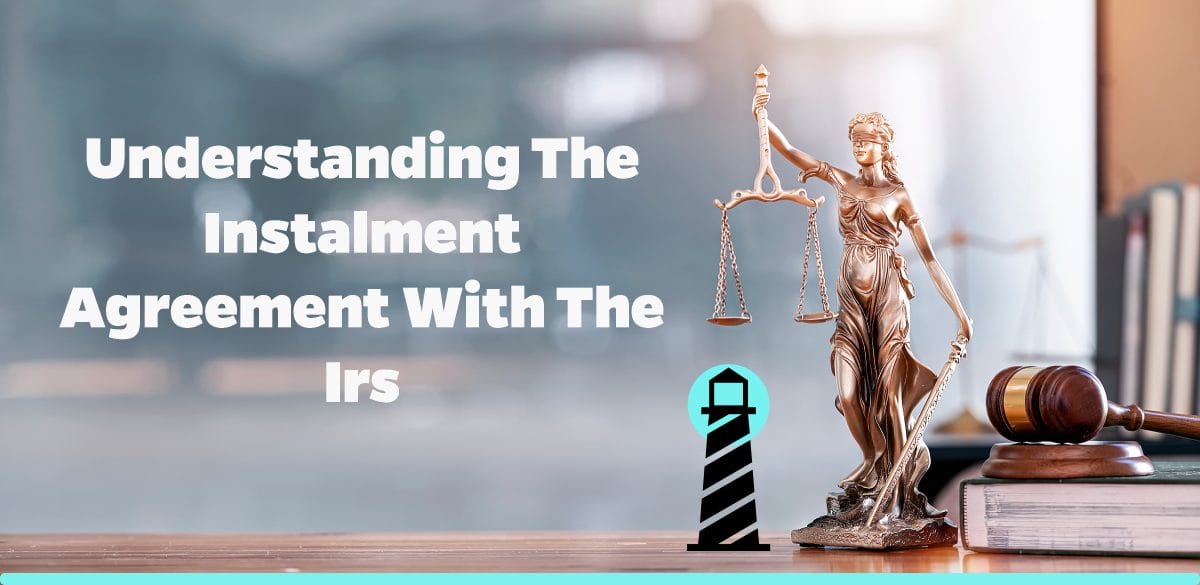Getting to Grips with the Instalment Agreement
At Brightside Tax Relief, we understand the stress and complexity that comes with owing back taxes. It is an unsettling burden which if not addressed promptly, it can escalate quickly leading to grave ramifications that may have a toll on your financial health. One strategy that provides solace to taxpayers struggling to honor their tax obligations is the Instalment Agreement with the Internal Revenue Service (IRS). In this context, we have taken the liberty to break down the intrinsic details associated with an Instalment Agreement IRS to help you gain clarity and navigate this option better.
Instalment Agreement Defined
In simplest terms, an Instalment Agreement with the IRS is a payment plan that allows taxpayers to pay off their tax debt over time. It provides you with the opportunity to stem your tax obligations into manageable monthly payments. An IRS Instalment Agreement typically comes in handy when you cannot afford to pay your tax bill in full when it’s due.
Types of Instalment Agreements
Depending on your unique circumstances and the amount you owe, the IRS offers different types of payment plans. Below are four main types:
• Guaranteed Instalment Agreements
• Streamlined Instalment Agreements
• Partial Payment Instalment Agreements
• Non-streamlined Instalment Agreements
Eligibility for an Instalment Agreement
Everyone who owes taxes is not automatically entitled to an Instalment Agreement. The IRS has some eligibility requirements one must meet. To qualify for an Instalment Agreement, all your tax returns must be filed, you should owe less than $50,000 in combined tax, penalties, and interest, and you must have the capacity to make the minimum monthly payments the IRS sets.
Setting up an Instalment Agreement
Once you decide that an Instalment Agreement IRS is the most appropriate choice for you, the next crucial step is setting it up. This can be done online using the Online Payment Agreement tool available on the IRS website, or you can mail a completed Form 9465, Instalment Agreement Request, and Form 433-F, Collection Information Statement, to the IRS by mail.
Advantages of an Instalment Agreement
Opting for an Instalment Agreement comes with several benefits. It relieves you from the pressure of having to pay your tax debt in full immediately. It helps to prevent aggressive collection actions from the IRS, including wage garnishment or levies. Furthermore, it gives you control over your finances and allows for better budgeting.
Drawbacks of an Instalment Agreement
While an Instalment Agreement offers relief, it also presents a few downsides. It expands the amount of time the IRS has to collect your debt – usually up to ten years. Additionally, interest and penalties continue to accrue until the last cent of your debt is paid off.
The Importance of Meeting Your Payment Obligations
For your Instalment Agreement to remain in good standing, you must ensure to meet your payments regularly and on time. Should you default, the IRS reserves the right to terminate the agreement and pursue full payment.
Wrapping it Up
Navigating tax obligations can be strenuous. However, manageable options like the Instalment Agreement IRS provide a lifeline to those feeling overwhelmed, helping taxpayers fulfill their responsibilities without jeopardizing their financial standing. Although it may amplify your debt and extend the collection time, the ripple effects of adhering to the terms of an Instalment Agreement outweigh the cons. It is thus crucial to understand it fully and consult with a reliable tax relief company like Brightside Tax Relief to help guide your steps in opting for the most suitable agreement for your needs.




